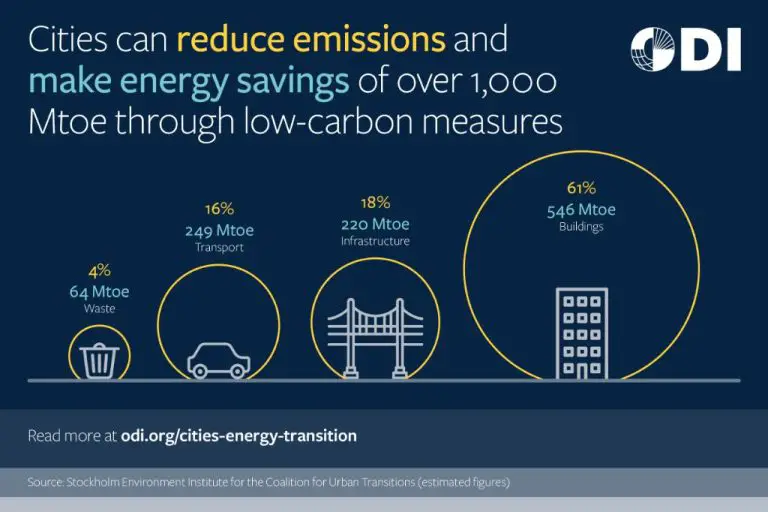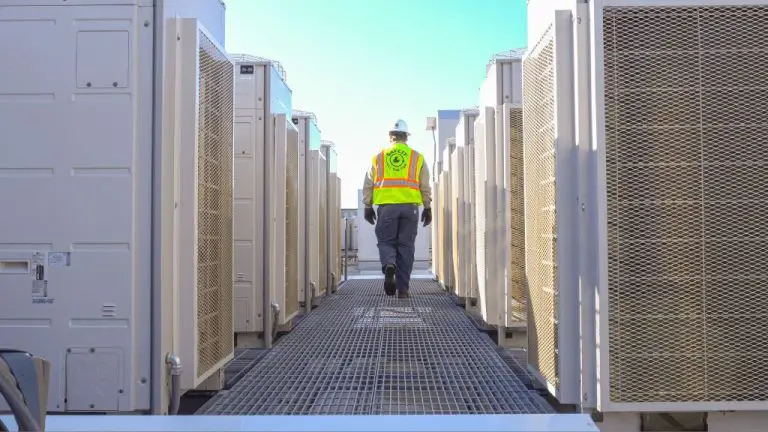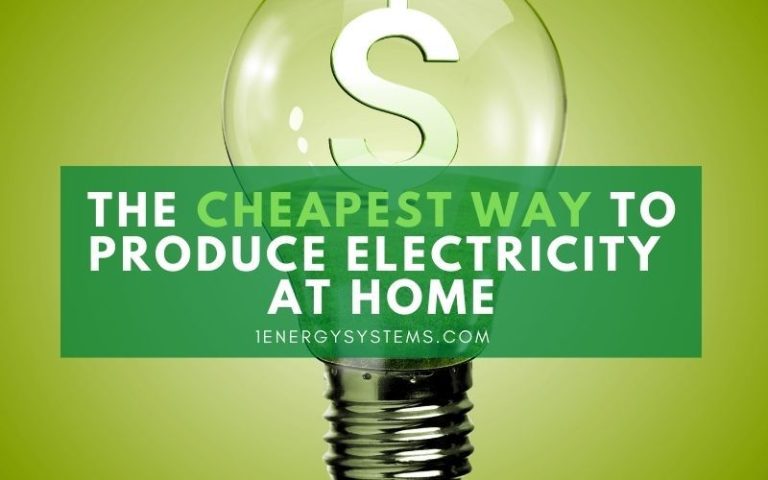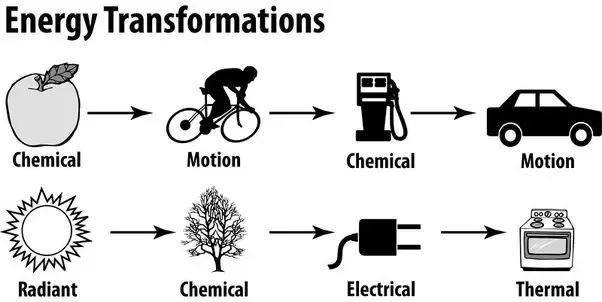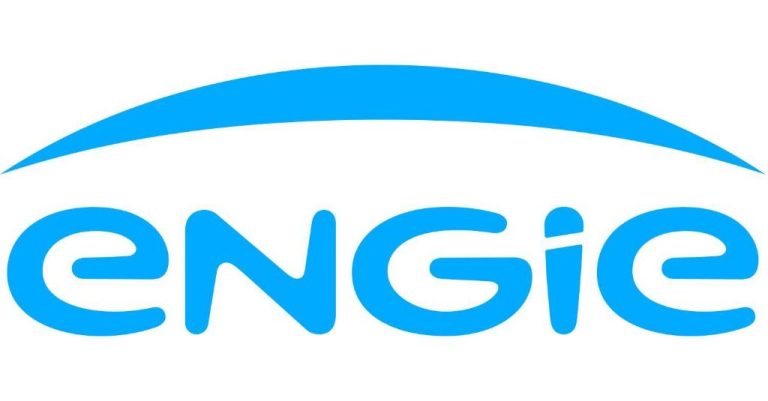What Are 7 Ways To Reduce Consumption Of Energy?
Turn Off Lights and Appliances When Not in Use
Lights, TVs, computers and other appliances continue to draw power even when switched off or not in use. This is known as “phantom load” or “standby power.” According to one estimate, standby power may account for 5-10% of the average household’s electricity use (1). Simply turning off lights and appliances when not needed can lead to significant energy savings.
When you leave a room, get into the habit of turning off the lights. Use power strips for TVs, computers, and other electronics so they can be easily turned off when not in use. The EPA estimates you can save $100 a year by properly powering down computers and monitors (2). By eliminating standby power waste, you can reduce energy consumption and save on electricity costs.
Adjust the Thermostat
Lowering the thermostat just a few degrees in the winter and raising it a few degrees in the summer can result in significant energy savings. According to the U.S. Department of Energy, you can save up to 10% a year on heating and cooling costs by turning your thermostat back 7-10°F for 8 hours per day from its normal setting [1]. Wearing extra layers and using fans instead of cranking up the heat or AC can also help reduce energy consumption.
Using a programmable thermostat makes it easy to set back the temperature for certain hours when you are asleep or away from home. Programmable thermostats allow you to program a schedule of temperatures throughout the day and week so you don’t have to remember to manually adjust it [2]. Advanced “smart” thermostats can even learn your schedule and adjust the temperature automatically.
Seal Air Leaks
One of the easiest ways to reduce your energy consumption is by sealing air leaks in your home. According to a fact sheet from Energy Star, air leakage accounts for 25-40% of the energy used for heating and cooling a typical home (https://www.energystar.gov/ia/home_improvement/home_sealing/AirSealingFS_2005.pdf).
You can seal air leaks by caulking and weatherstripping around windows, doors, and outlets. Caulk and weatherstrip any areas where two different building materials meet, such as corners, around chimneys, where siding meets brick, and where the foundation meets the siding. Reduce drafts by adding weatherstripping around doors and windowsills. Adding door sweeps to exterior doors and sealing openings for pipes, ducts, and vents can also help seal air leaks.
Use Energy Efficient Light Bulbs
Replacing old incandescent light bulbs with more energy efficient options like LEDs and CFLs can significantly reduce energy consumption. LED bulbs use at least 75% less energy and last 25 times longer than incandescent bulbs (source). CFL bulbs use about 75% less energy and last 10 times longer. This is because LED and CFL bulbs emit light more efficiently, requiring less electricity to produce the same amount of brightness. Over the lifetime of just one LED bulb, you can save between $30-$80 in energy costs compared to an incandescent (source). Switching all of the bulbs in your home to energy efficient options can lead to significant savings on your electricity bill over time.
Use Appliances Efficiently
One of the simplest ways to reduce your energy consumption is to use your appliances more efficiently. Focus on running full loads when using energy-intensive appliances like dishwashers, washing machines, and dryers. This allows you to maximize efficiency and avoid the energy waste of partial loads.
For dishwashers, scrape food off plates rather than rinsing them before loading. Choose the shortest wash cycle that will clean your dishes properly. Also, consider air drying your dishes instead of using the heated dry cycle which uses additional electricity.
When it comes to laundry, wash clothes in cold water whenever possible. Over 90% of the energy used by a washing machine goes towards heating the water. Using cold water can cut the energy use in half while still cleaning your clothes effectively. Only wash full loads and use the shortest wash cycle suitable for those clothes. Clean the lint filter before each dryer load, and dry heavier cottons separately from lighter-weight clothing.
Overall, being mindful of how you use major appliances can reduce wasted energy and lower your electricity bills each month. Focus on full loads, shorter cycles, and air drying to maximize efficiency.
Conserve Hot Water
Water heating accounts for about 18% of home energy use, making it typically the second largest energy expense in any home according to the Department of Energy (https://www.energy.gov/energysaver/water-heating). There are several ways you can reduce the amount of energy used for water heating in your home.
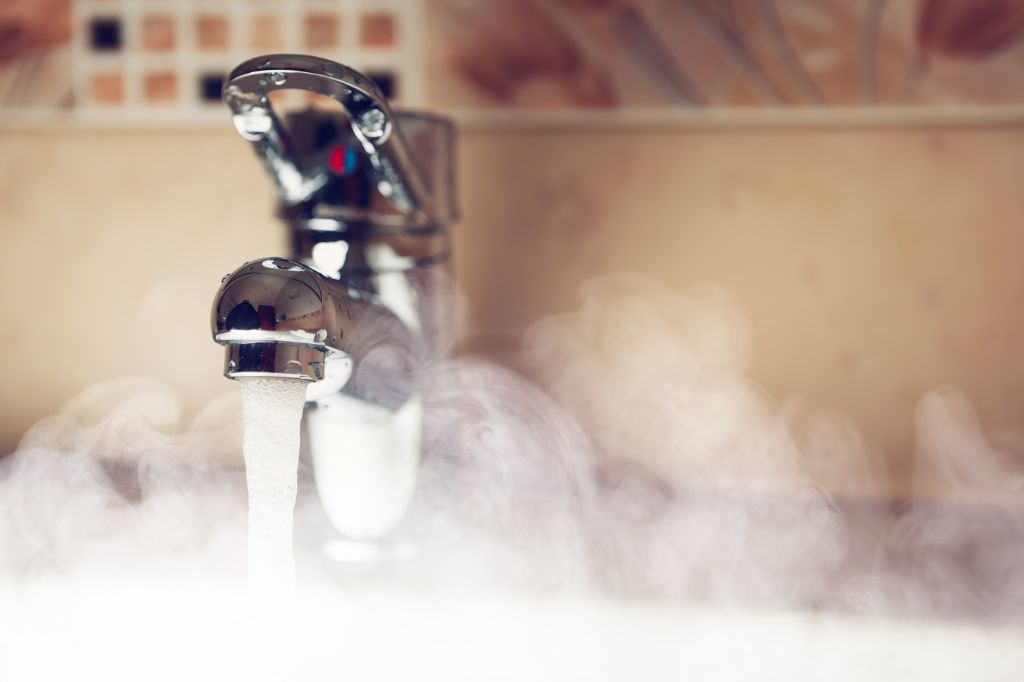
Installing low-flow showerheads can significantly cut down on hot water usage. Low-flow showerheads use around 2.5 gallons per minute, whereas conventional showerheads use over 5 gallons per minute. Taking shorter showers is another easy way to conserve hot water. If you can reduce your shower time by a few minutes, you’ll use much less energy for water heating. Finally, fixing any dripping faucets or other water leaks will prevent wasted hot water usage.
Upgrade Old Appliances and Electronics
Replacing old, inefficient appliances and electronics with new ENERGY STAR certified models can significantly reduce home energy usage. According to the Environmental Protection Agency (EPA), products that earn the ENERGY STAR certification meet strict energy efficiency requirements set by the EPA [1]. Upgrading to ENERGY STAR appliances can reduce energy consumption by 10-50%, delivering both energy and cost savings over the lifetime of the product [2].
Some of the largest energy savings come from upgrading major appliances like refrigerators, dishwashers, washing machines, and clothes dryers. For example, replacing a 10 year old refrigerator with a new ENERGY STAR model can reduce energy use by 30% or more. Many utilities and states offer rebates and incentives for purchasing ENERGY STAR certified appliances, making it more affordable to upgrade [3]. Retiring old secondary refrigerators and freezers that are over 10 years old provides big savings, as these inefficient models can cost over $100 per year to run.
Electronics like computers, printers, TVs, and game consoles also use a significant amount of energy when in use or standby mode. Replacing old electronics with ENERGY STAR models can reduce electricity consumption by as much as 65%. With enormous improvements in efficiency over the past decade, upgrading to a new ENERGY STAR certified model is one of the best ways to slash energy use and costs.
Insulate Your Home
One of the most effective ways to reduce home energy consumption is by insulating areas like the attic, exterior walls, and basement. Properly insulating these areas can significantly reduce heating and cooling costs. According to the EPA, the average homeowner can save 15% on heating and cooling costs (11% of total energy costs) by adding insulation in these key areas 1.
Attic insulation is especially important, as heat rises and escapes through the roof. Adding insulation to the attic floor can prevent this heat loss in winter and heat gain in summer. The Department of Energy recommends having at least R-38 insulation in the attic. Exterior walls should also be insulated to prevent heat transfer; dense packed cellulose or fiberglass batt insulation are common choices. For basements, foam board or rigid fiberglass insulation on basement walls helps moderate temperature.
Upgrading insulation reduces air leaks that contribute to energy waste. With proper installation, insulation creates a more energy efficient home that needs less heating and cooling to stay comfortable. This leads to lower utility bills and reduced energy consumption overall.
Use Renewable Energy
Installing solar panels or wind turbines allows households to generate their own renewable electricity. The average solar panel system generates around 1.5 kWh per day, though the exact amount depends on factors like panel wattage, number of panels, and sunlight availability (source). Solar and wind energy can reduce your consumption of fossil fuel-generated electricity from the grid.
Many utility companies also let customers opt into green power programs, where you pay slightly more on your electricity bill to get power from renewable sources like solar and wind farms. According to the EPA, green power programs provide an easy way to reduce your environmental impact without installing your own renewable energy system (source).
Drive Less and Drive Smart
One of the best ways to reduce your energy consumption from driving is simply to drive less. Consider carpooling to work or school, taking public transportation, biking, or walking whenever possible. According to the US Department of Energy, “each gallon of gasoline saved keeps 20 pounds of carbon dioxide out of the atmosphere” (Driving More Efficiently). Planning errands together and minimizing individual trips can significantly reduce the number of miles driven.
You can also drive smarter by avoiding aggressive driving behaviors like speeding, rapid acceleration, and hard braking. Studies show that aggressive driving can reduce fuel efficiency by 15-40% compared to normal driving (Driving behaviour and trip condition effects on the energy consumption of an electric vehicle). Not only is this dangerous, but the additional acceleration and braking wastes gas and energy.

